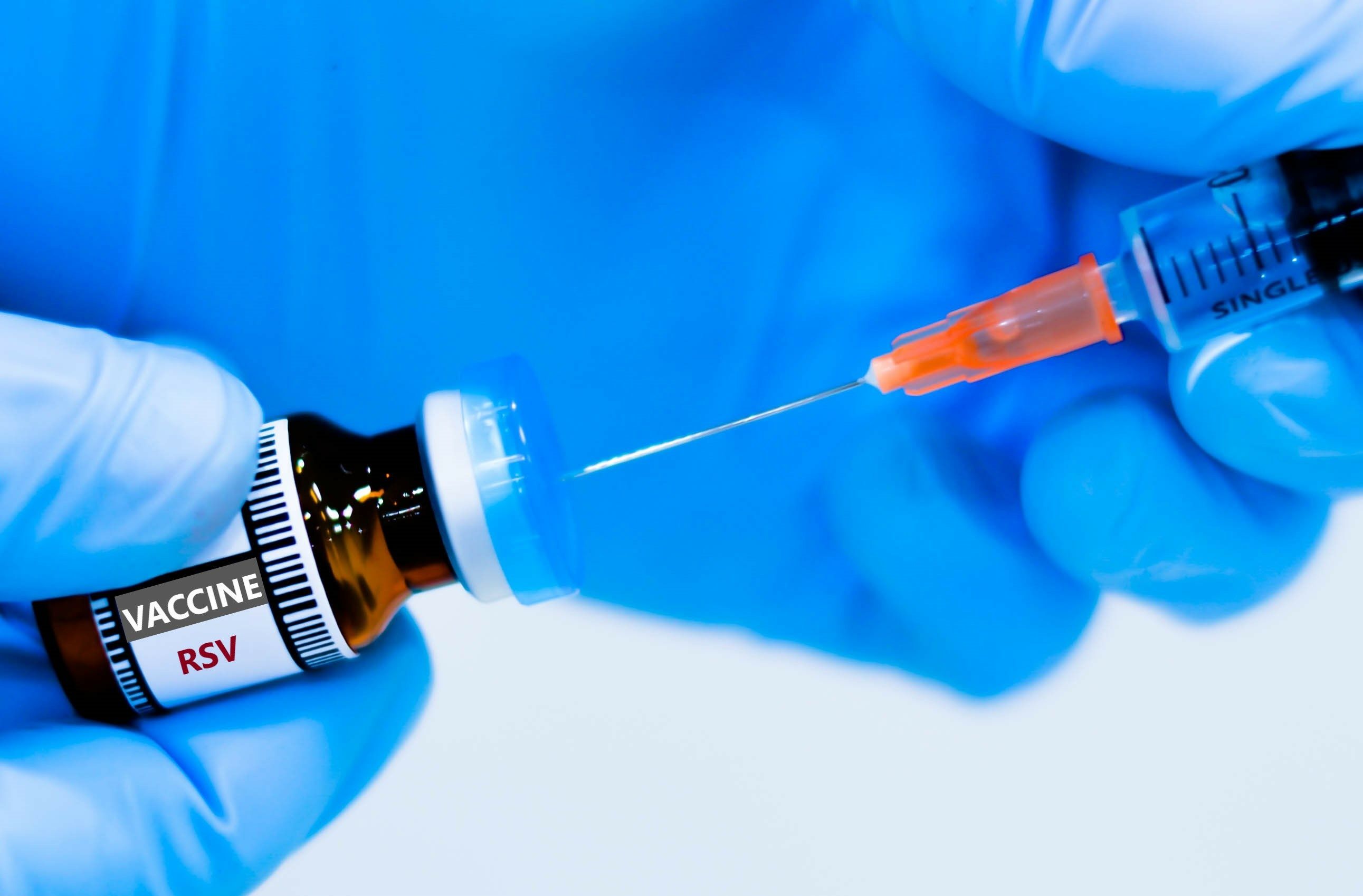Article
Pneumococcal Vaccine Decreases Infection Rates Worldwide
Author(s):
A new study finds that decreased rates of infection with serotypes of pneumococcal disease the PCV7 vaccine protects against outweigh increased rates of infection with serotypes it does not protect against.
A new study finds that decreased rates of infection with serotypes of pneumococcal disease the PCV7 vaccine protects against outweigh increased rates of infection with serotypes it does not protect against.
The introduction of the 7-valent pneumococcal conjugate vaccine (PCV7) has led to significant decreases in the overall incidence of invasive pneumococcal disease around the world, despite slight increases in infections caused by non-vaccine serotypes, a new study reports.
Previous research has found substantial and sustained declines in invasive pneumococcal disease caused by vaccine serotypes in nearly every location where PCV7 has been introduced. At the same time, increases in non-vaccine-serotype infections have been reported in some sites after PCV7 introduction, indicating serotype replacement. In low-income countries, which are currently introducing pneumococcal vaccines and where most pneumococcal-related deaths occur, serotype replacement poses a serious threat. The researchers of the new pooled analysis, published online on September 24, 2013, in PLOS Medicine, used a standardized approach to evaluate the level of pneumococcal serotype replacement after PCV7 introduction to help guide implementation of the vaccine in such low-income countries.
The researchers combined data on the rate of invasive pneumococcal disease for at least 2 years before and 1 year after PCV7 introduction from 21 databases in North America, Europe, Australasia, and South America. For each year after PCV7 introduction, site-specific annual infection rates were compared to calculated estimates of infection rates if the vaccine had not been available in that location. Combined rates of overall pneumococcal disease were then calculated. Separate analyses assessed infection rates by age.
In children under 5 years of age, the number of overall cases of invasive pneumococcal disease observed in the first year after the introduction of PCV7 was about half the number of cases predicted without the vaccine. This significant drop in infection was observed in all sites and remained stable for 7 years after the vaccine’s first use. The rate of infections caused by vaccine serotypes continued to decrease each year, while the rate of infections caused by non-vaccine serotype infections increased each year. After 7 years of PCV7 use, rates of non-vaccine serotype infections were 3 times higher than expected, but this increase in infections was still outpaced by the decrease in infections caused by vaccine serotypes.
Significant decreases in the amount of overall infections 7 years after PCV7 introduction were also observed in adults, but these reductions were smaller and varied more by site than did those among young children. Infections caused by vaccine serotypes decreased significantly among all adult age groups within 2 years of vaccine introduction. Significant increases in non-vaccine serotype infections were observed in adults aged 50 and older but were not seen in those aged 18 to 49.
The rapid and sustained decrease in invasive pneumococcal disease cases observed in children after the introduction of PCV7 support the use of vaccines, the authors conclude. They add, however, that more research is needed to study serotype replacement in specific countries observed with the vaccines currently used, PCV10 and PCV13, which protect against 10 and 13 serotypes, respectively.
“These findings may not represent the experience in low-income countries or the effects after introduction of higher valency PCVs,” they write. “High-quality, population-based surveillance of serotype-specific [invasive pneumococcal disease] rates is needed to monitor vaccine impact as more countries, including low-income countries, introduce PCVs and as higher valency PCVs are used.”















